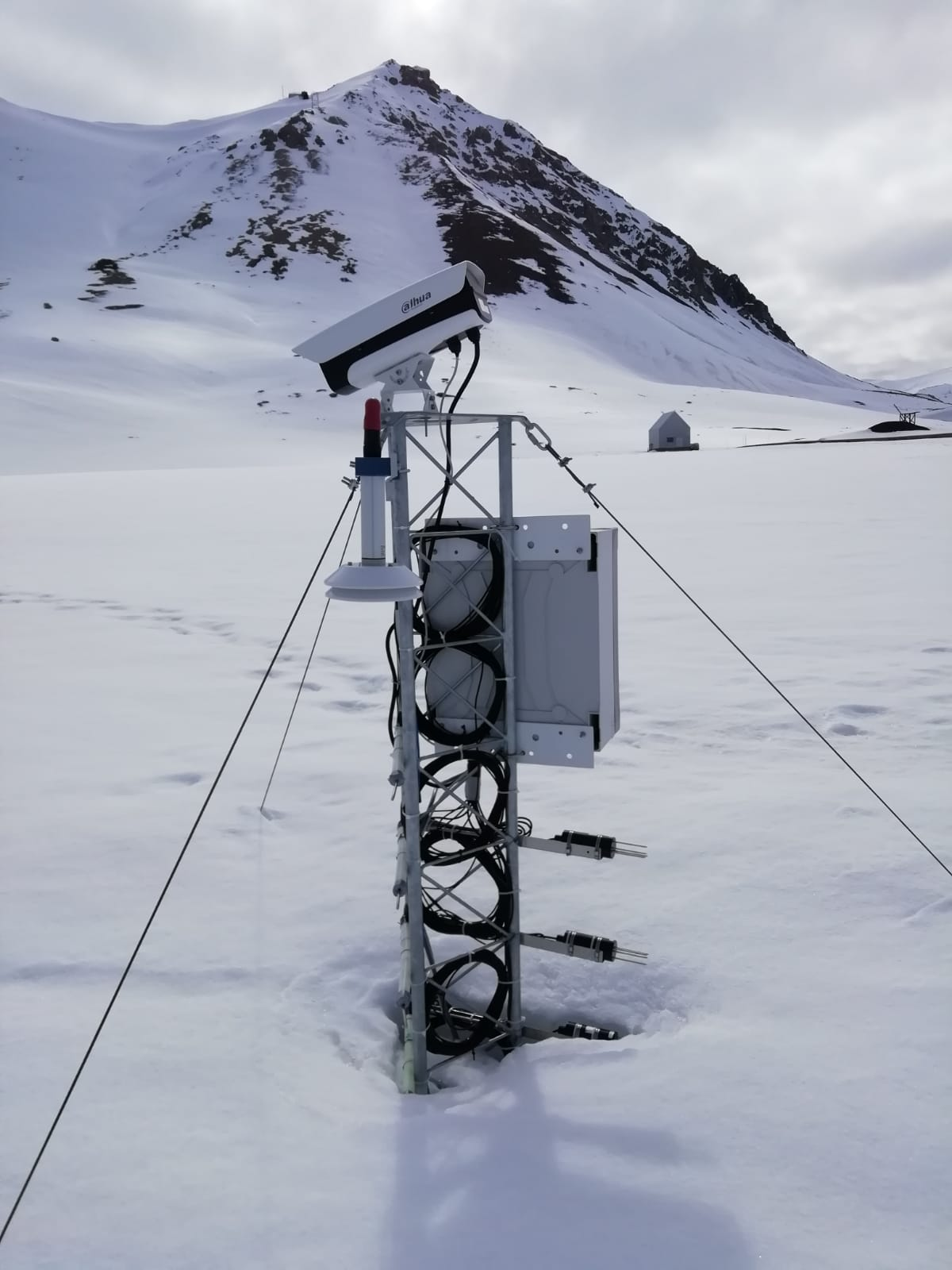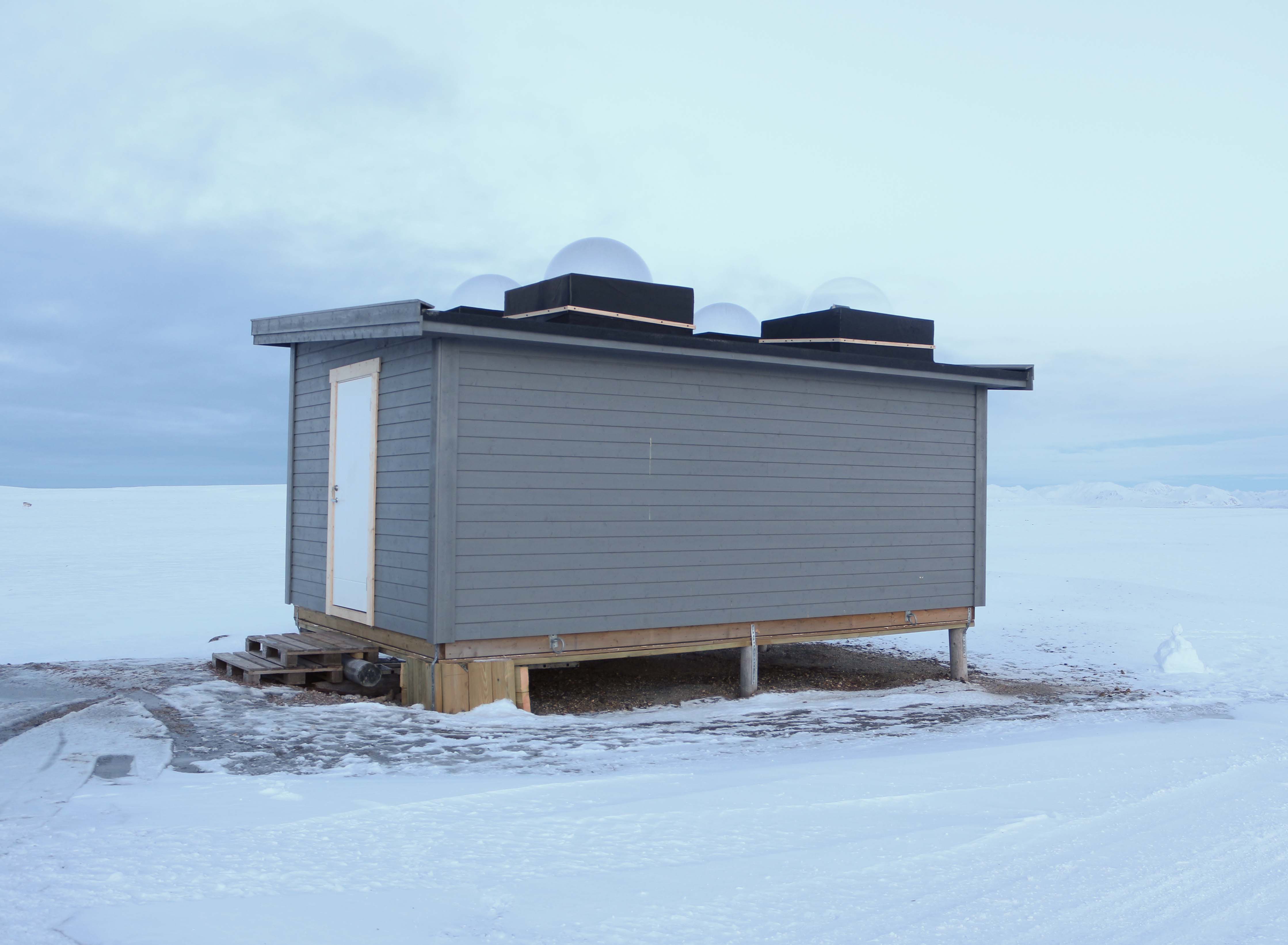SVALBARD AND JAN MAYEN
Type of resources
Available actions
IADC Research Activities
Topics
Keywords
Contact for the resource
Provided by
Years
Formats
Representation types
Update frequencies
status
Scale
-
Snow water equivalent at the Gruvebadet Snow Resarch Site
-

Chronobiology of polar organisms (Chronopolar) Monitoring water parameters in surface and deep (3.0 meters) using DS18B20 + rasberry-pi. Sample collection: Lepidurus arcticus.
-

Isotopic characterisation of arcic ponds Sampling of ponds and surrouding terrestrial envionrment. matter (expressed as ash fry dry matter) and N content as a percentage in soil and lake sediment.
-

The automated nivological station was installed in November 2020 in a flat area over the tundra about 80 meters far from the Gruvebadet Atmospheric Laboratory and nearby a snow sampling site from where weekly snow samples are collected for chemical analysis. Sensors (Pt100 1/3 DIN) have been calibrated by their companies before installation and are connected to a datalogger for continuous acquisition. For all the parameters, data are logged with 10-minute time resolution and then averaged over 1 hour. This activity is carried out by the Aldo Pontremoli Centre part of the Joint Research Agreement ENI-CNR, in the framework of the SnowCorD project (SIOS Core Data).
-

Ice Nuclei Particle Concentration (INPAIR) INPAIR Svalbard' Chemistry and Physics of the Atmosphere: Ice nucleating particle (INPs) concentration obtained in spring and summer campaigns in the Arctic Region. Measurements of INPs concentrations and activation fraction of aerosol in Arctic (e.g. Gruvebadet observatory in Ny-Ãlesund). b) Correlating INPs concentration with meteorological parameters and physicochemical characterisations. Instrument: PM1 and PM10 sampling lines. DFPC chamber
-
Mixing state and organic volume fractions of sub micron aerosol particles collected at the Zeppelin observatory
-

Atmospheric Gondola for Aerosol Profiles (AGAP) The scientific goals of AGAP are to develop novel aerosol payloads and evaluate the vertical distribution of aerosol properties in the Arctic Boundary Layer. Dataset consists in Aerosol vertical profiles gridded at a 50 m spatial resolution: R, T, P, RH, Aerosol size distribution, BC concentration, O3. Maximum altitudes 1500 m.
-

ISotopic and physical-chemical MOnitoring of GLACial drainages and sea water in the Ny-Ålesund area (Svalbard) The project concerns an isotopic and physical-chemical monitoring of inland glacial drainages and ocean water into Kongsfjorden. It is aimed at defining the dynamic processes of the glacial melting and evaluating the consequent transfers of fresh water towards the Arctic Ocean. The dataset includes the continuous measurements (1 data/15 min) performed during summer season by a CTD diver. Parameter: Temperature, electical conductivity, water level.
-

High-Latitude Aurora Activity Monitor by means of an automatised digital camera, recording all-sky images in the 630.0 nm (red), 557.7 nm (green) and 427.8 nm (blue) wavelengths. The camera is operated by INAF (Italian National Institute of Astrophysics) and contributes to the international network MIRACLE (https://space.fmi.fi/MIRACLE/), with instruments distributed along the Scandinavia and the Svalbard. The camera started operating in November 1999, when it was located on the roof of the French building (Lat = 78° 55' 20" N, Lon = 11° 56' 02" E). In November 2015 the instrument was moved to the Sensitive Lights Cabin (Lat = 78° 56' 28.2" N, Lon = 11° 50' 31.7" E, Elev. = 28 m). The Instrument was then updated in 2017 with a new cooled CMOS camera, which replaced the old CCD camera + image intensifier.
-

Ionospheric Scintillations Arctic Campaign Coordinated Observations (ISACCO) The aim of ISACCO is to perform a scintillation measurements campaign by a GNSS Ionospheric Scintillation and TEC Monito) at Ny-Ålesund and Longyearbyen (Svalbard, Norway). The System consists of dual-frequency receiver with special firmware specifically configured to measure amplitude and phase scintillation. Starting from the end of 2015 a Septentrio PolaRxS_PRO receiver has been installed in one of the two observation sites in Svalbard, NyÅlesund, for the observation of all the available satellite constellations GALILEO, GPS, GLONASS at the Svalbard longitude.